
2022 was the year of 5G phones and this was facilitated mainly by the wide array of 5G-capable SoCs that were out in the market. Along with supporting the new wireless connectivity standard, these chipsets also helped manufacturers come up with incredible innovations in terms of AI-based software. This year we have over 150 nominees in 28 award categories with the winners all set to be adjudged by 18 jury members. In this category of the Indian Gadget Awards, we will be rewarding the SoC that had the biggest impact on the smartphone market. Let’s have a look at the winners:
Winners: MediaTek Dimensity 8100 (Mainstream) and Apple A16 Bionic (Premium)
We have the winners. You can now take a look at the chipsets that were nominated in the Mainstream and Premium categories:
Mainstream category (in phones under Rs 30,000)

Qualcomm Snapdragon 695

One of the main chipsets responsible for democratizing 5G is the Snapdragon 695 from Qualcomm. It featured the Snapdragon X51 5G Modem-RF System, which supports multiple frequencies and modes for utmost flexibility and accessibility. And apart from connectivity, its focus was also on productivity, gaming, and image capture. This 6nm chipset features Qualcomm’s high-end Kryo 660 cores and the Adreno 619 GPU. Phones that opted for the Snapdragon 695 include the likes of the POCO X4 Pro, the OnePlus Nord CE 2 Lite, and the Realme 10 Pro 5G, among others.
MediaTek Dimensity 8100
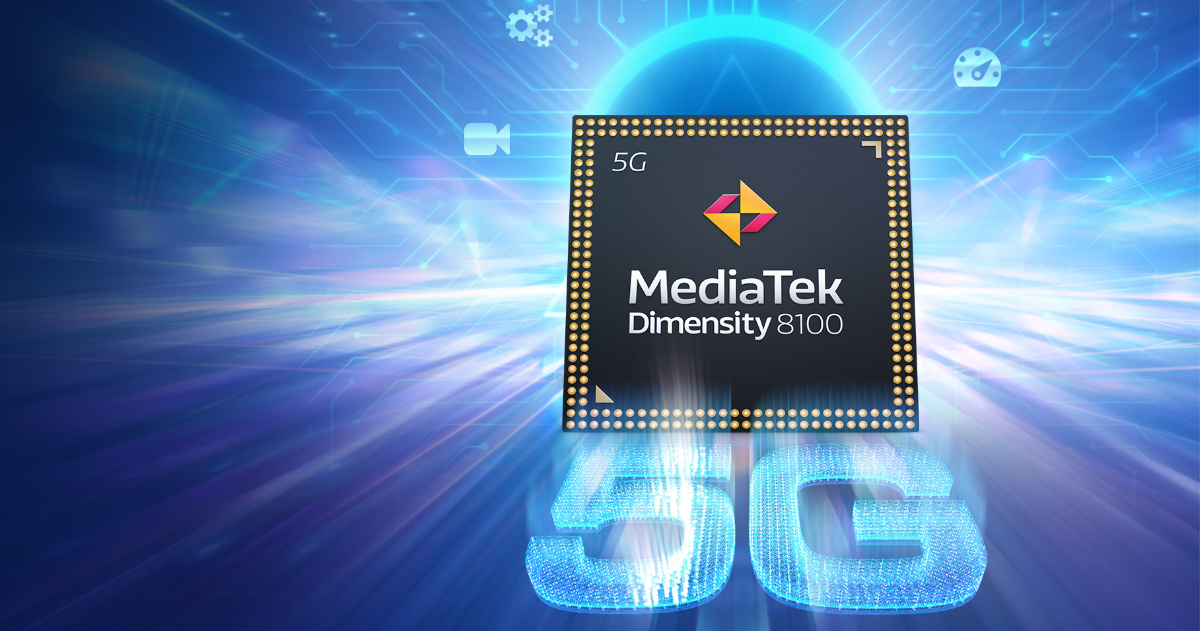
The 5nm SoC space was dominated by the Dimensity 8100, with the chip offering up to 20 percent more GPU frequency compared to the Dimensity 8000 model and over 25 percent better CPU power efficiency over our previous generation Dimensity chips. It was the first to come with MediaTek’s Imagiq 780 ISP, which enabled 200MP image capture and 4K 60fps HDR10+ video capture. The blazing fast speeds offered by its 2.8GHz octa-core processor made it an ideal fit for gaming phones like the Realme GT Neo 3 5G.
MediaTek Helio G99
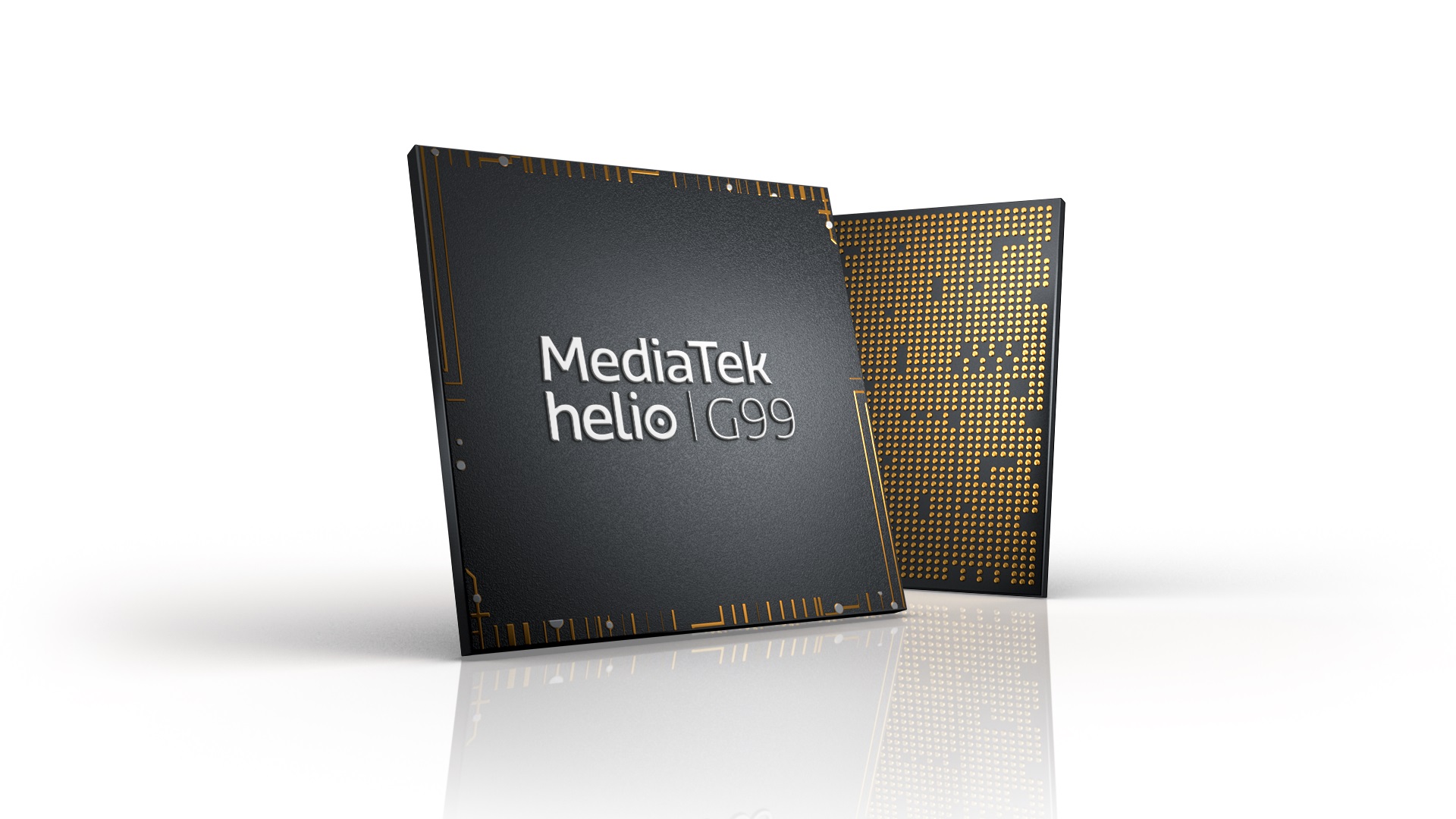
It’s not like 4G chips were completely off the table in 2022. The likes of the MediaTek Helio G99 allowed OEMs to deliver phones with low price tags yet competitive performance levels, like the Xiaomi Redmi 11 Prime, the POCO M5, the Moto G72, and more. This was made possible by the adoption of the 6nm process by TSMC. The MediaTek Helio G99 allowed manufacturers to easily bring high refresh rate panels to budget phones and also enabled them to grab high-resolution camera sensors. The Moto G72, for instance, comes with a 108MP main camera.
Qualcomm Snapdragon 4 Gen 1
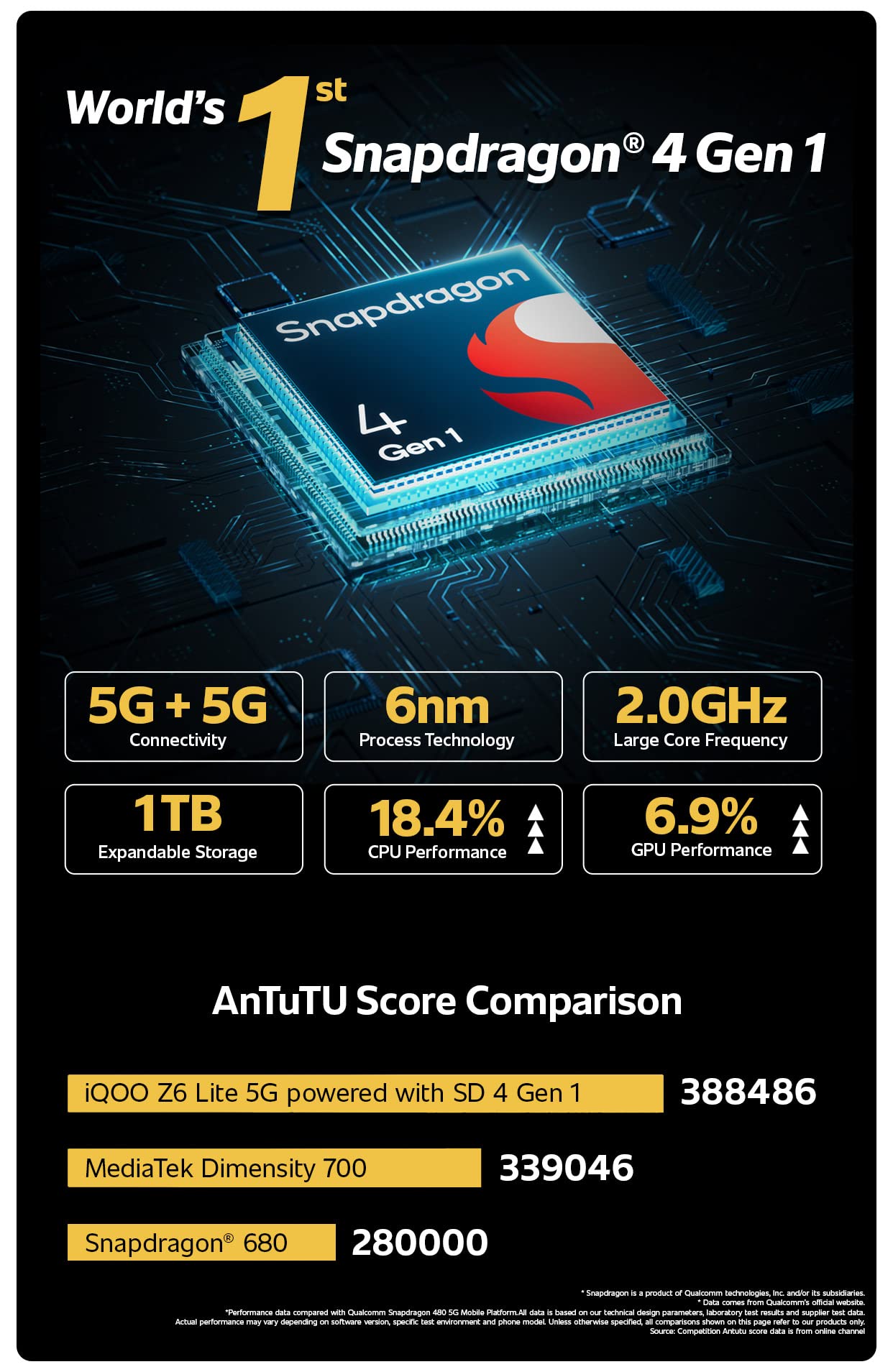
The Snapdragon 400 series turned into the Snapdragon 4 series but this Gen 1 iteration continues the tradition of allowing affordable handsets to deliver impressive features. Since it was launched at the end of last year, not many phones have adopted it now but one look at its specs and it’s certain that things will change. The 6nm 5G-capable SoC supports single cameras with up to 108MP and up to 120Hz refresh rates when it comes to display modules. The recently launched Redmi Note 12 5G, which starts at Rs 17,999, has the Snapdragon 4 Gen 1 at its heart.
Unisoc T612

The sub-Rs 10,000 space needs SoCs that deliver respectable performance even if they don’t offer much in terms of additional knick-knacks. That’s where the Unisoc T612 scored big in 2022. It allowed makers of low-end 4G phones to offer swift operations thanks to its incorporation of two fast Cortex A75 cores clocked up to 1.8GHz and six power-efficient Cortex A55 cores clocked at the same frequency. Where everything else was concerned, things were pretty basic on this offering from Unisoc.
Samsung Exynos 1280

Although Samsung flagships moved away from the Exynos brand in most parts of the world, the Samsung Exynos 1280 SoC was quietly expanding its coverage with the Galaxy A series smartphones. The Exynos 1280 is Samsung’s offering for mid-range smartphones, released with the aim of bringing 5G to all. Built with the 5nm process, it offers remarkable performance in terms of both speed and graphics. Plus, it comes with an NPU that enables seamless on-device AI. The Exynos 1280 supports cameras of up to 108MP in resolution.
Premium category (Budget no bar)
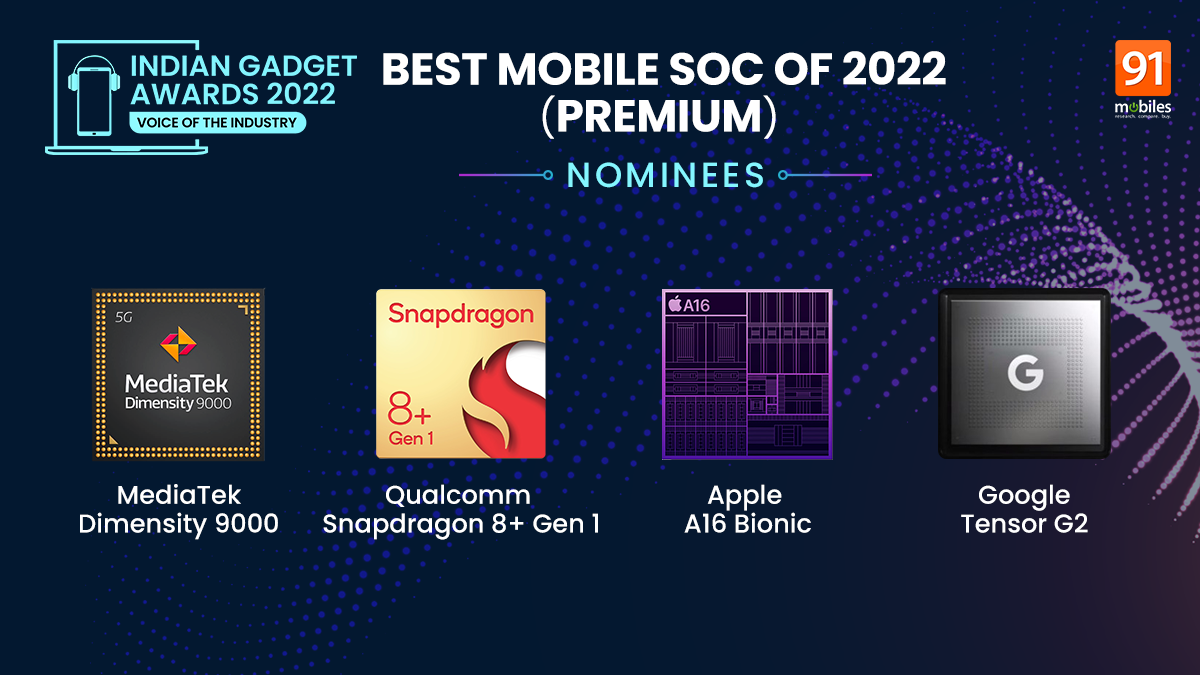
MediaTek Dimensity 9000
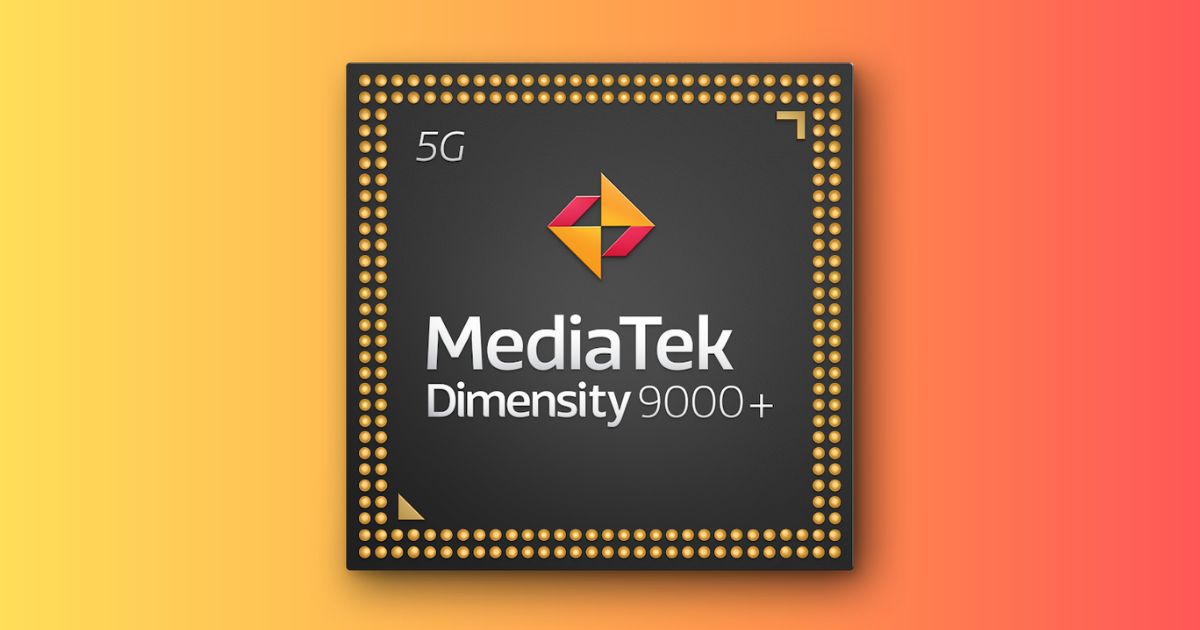
At the fag end of 2021, MediaTek shocked us with its announcement of the Dimensity 9000, which looked like it was going to give tough competition to Qualcomm’s flagship chip. And it definitely did that and emerged as a winner in a number of different parameters. Built on TSMC’s 4nm process, it uses the latest Armv9 architecture processors that include the Cortex-X2 core, which bursts at an epic 3.05GHz. And it’s pretty much overkill in every other department as well. No wonder some of the highest-end flagships of the year preferred this chip.
Qualcomm Snapdragon 8+ Gen 1

Qualcomm’s usual year-end release was the Snapdragon 8 Gen 1, which also adopted the cutting-edge Cortex-X2 core. This allowed the 4nm SoC to offer 20 percent better CPU performance and up to 30 percent better power efficiency over its predecessor. And when the Snapdragon 8+ Gen 1 model was launched some months later, it astonished everyone by bringing a further offer 10 percent increase in CPU performance and a 15 percent decrease in power consumption. Almost every other Android flagship of 2022 adopted this chip, unsurprisingly.
Apple A16 Bionic

Apple’s chips are in a league of their own. Therefore, when the iPhone 14 Pro range was unveiled, their A16 Bionic SoC was expected to bless them with flawless performance that would last for years to come without any hiccups. And the reviews have proven the same. Apple has achieved this with TSMC’s 4nm manufacturing process to build a six-core CPU with the highest clock speed of 3.46GHz. This allows it to be up to 40 percent faster than rivals like the Qualcomm Snapdragon 8 Gen 1, all while consuming 20 percent less power than its predecessor.
Google Tensor G2
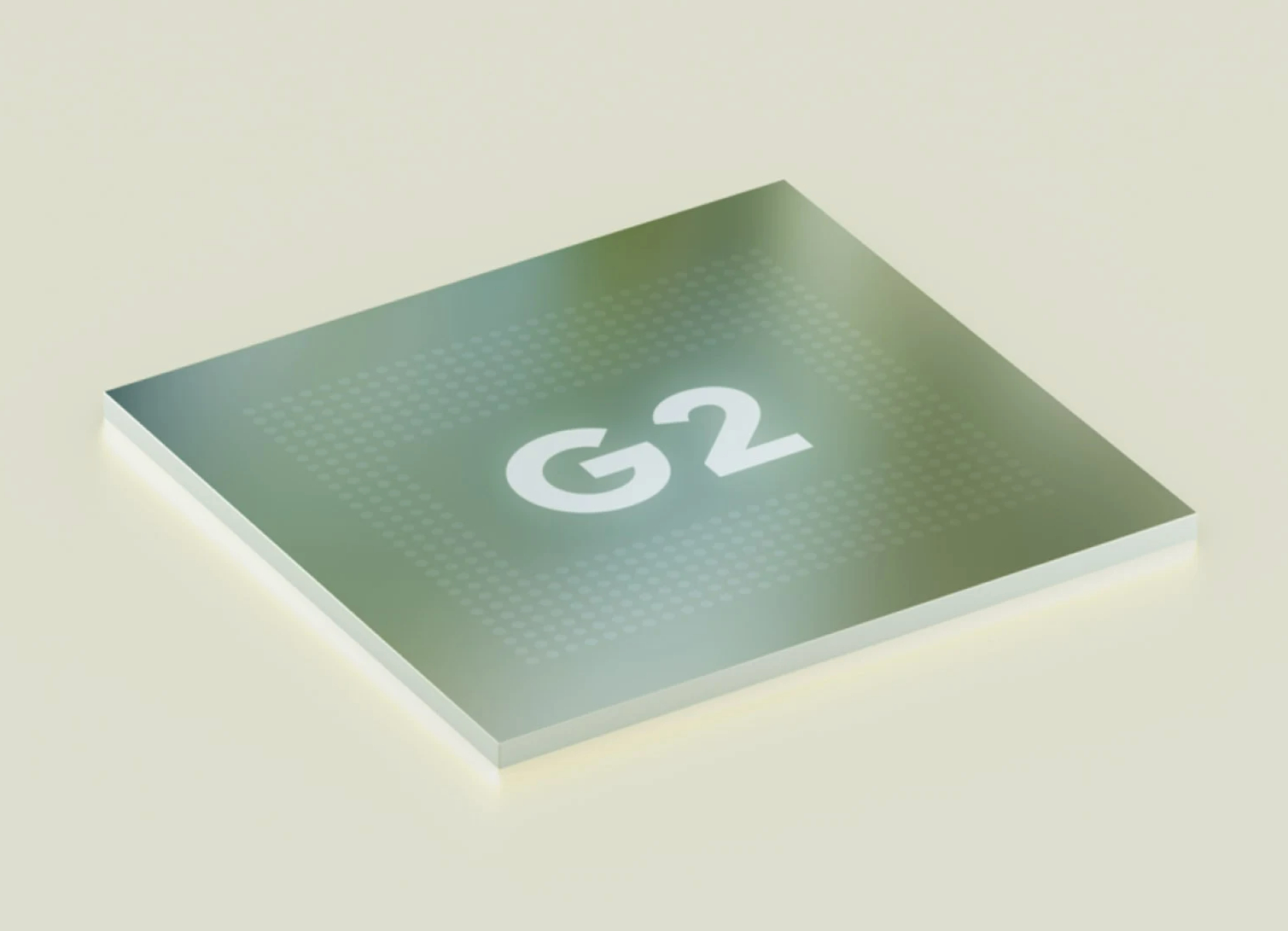
Google made a big leap in 2021 by coming up with its own SoC and it followed that up in 2022 with the Google Tensor G2 that powers the Pixel 7 and Pixel 7 Pro. This 5nm chip brings two 2.85GHz Cortex-X1 cores, two 2.35GHz Cortex-A78 cores, and four 1.80GHz Cortex-A55 cores. But its real flair lies in how it harnesses the power of its neural engine to enable Pixel 7-exclusive features like Photo Unblur and a faster Night Sight mode. The Tensor G2 is now expected to be part of the Pixel 7a handset that’s supposed to come out by mid-2023.




